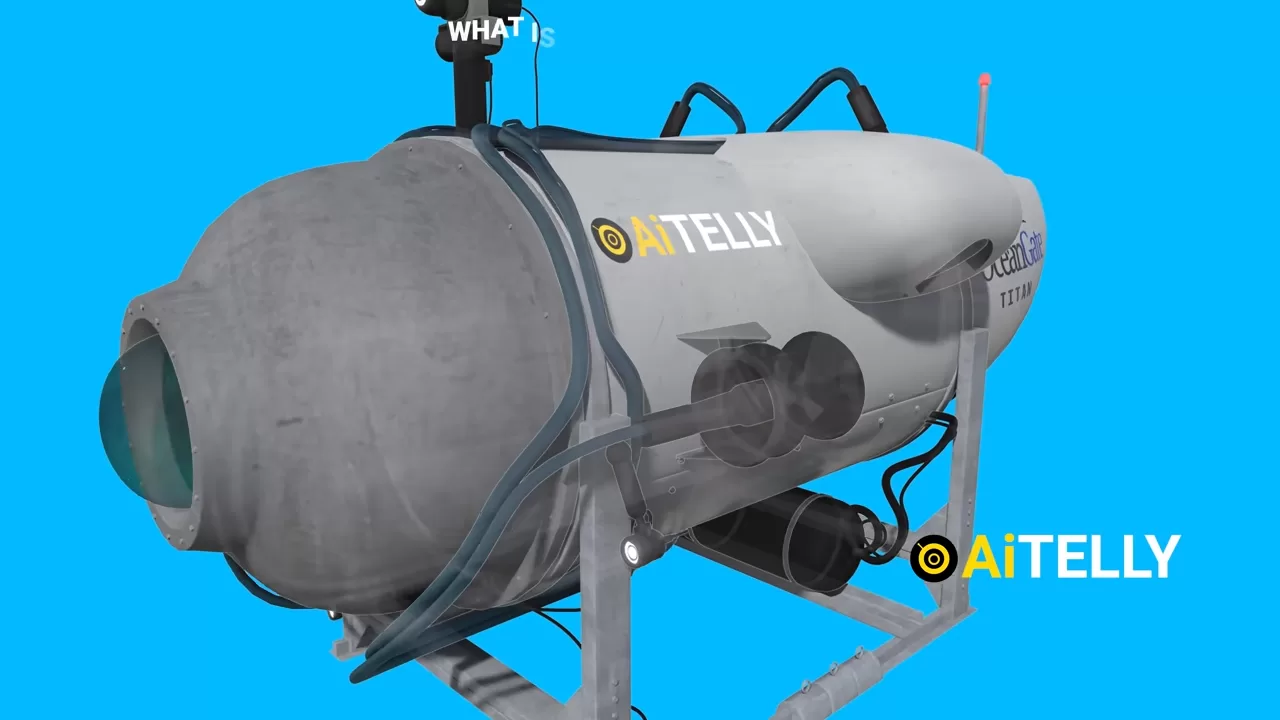In June 2023, the world watched with growing concern as contact was lost with Titan—a small submersible operated by OceanGate Expeditions—on its way to visit the wreckage of the Titanic. Days later, debris was found just 1,600 feet from the Titanic itself, confirming the vessel had suffered a catastrophic implosion.
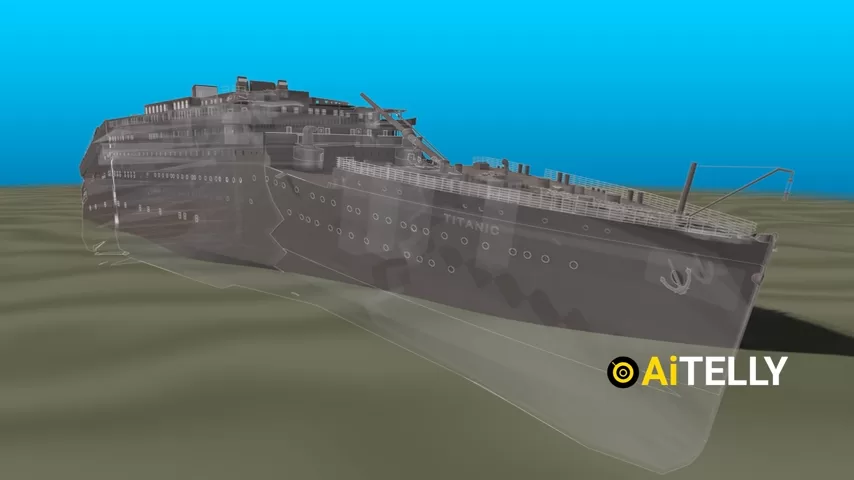
But what exactly is an implosion? And how did it happen to a high-tech vessel in one of the most high-profile deep-sea missions of the decade?
Understanding Implosion: The Opposite of Explosion
An implosion is a process of destruction caused by an object collapsing inward due to extreme external pressure. It’s the reverse of an explosion, which involves a violent outward release of energy. Implosions are especially relevant in deep-sea environments, where hydrostatic pressure increases dramatically the deeper you go.
At the depth where the Titanic rests—about 12,500 feet (3,800 meters) below the ocean’s surface—water pressure is an astonishing 5,600 pounds per square inch (psi). That’s about 400 times greater than what we experience at sea level.
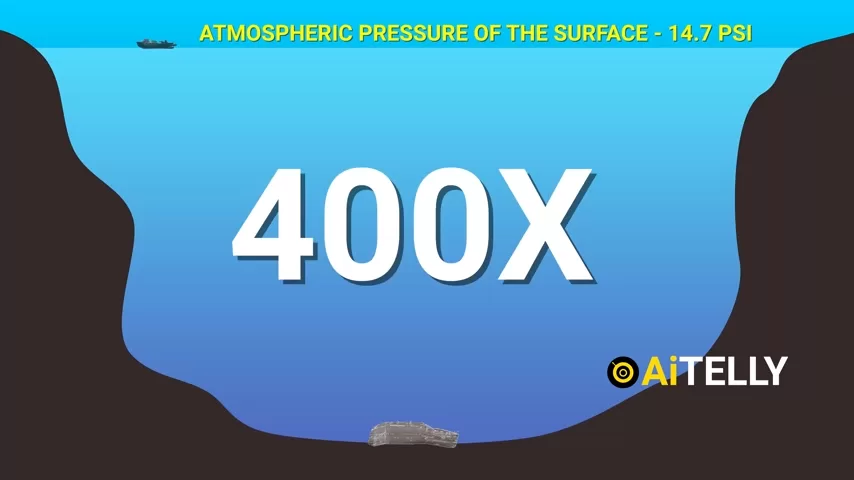
If a vessel’s structural integrity fails at this depth, the surrounding water pressure will instantly collapse it inward, destroying everything inside within milliseconds.
The Titan Submersible: A Unique Yet Risky Design
The OceanGate Titan was not a traditional submarine—it was a manned submersible of the “Cyclops-class.” Unlike submarines, which are capable of launching and surfacing independently, submersibles like Titan must be launched from a support vessel, in this case the Polar Prince, a Canadian icebreaker.
Here’s how the launch system worked:
- The Polar Prince anchors above the Titanic’s location.
- The Titan is lowered into the water on a ramp system.
- It detaches and begins its descent using four electric thrusters, moving at a speed of around 3–4 knots.
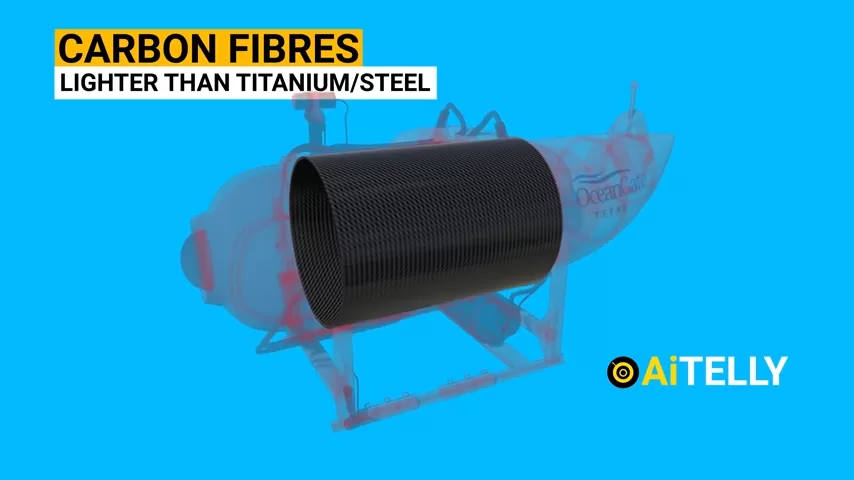
Specifications and Design
- Length: 22 feet (6.7 meters)
- Breadth: 9.2 feet (2.8 meters)
- Height: 8.3 feet (2.5 meters)
- Capacity: 5 occupants (1 pilot, 4 passengers), all seated on the floor
- Interior:
- Controlled by a video game joystick
- Two monitors: one for the pilot, one for navigation
- A toilet with only a privacy curtain
- Materials Used:
- Titanium and carbon fiber composite hull
- Front viewport, lights, and camera for exploration
- Life Support:
- Claimed 96 hours of oxygen
- CO₂ recycling system
- Operational Depth:
- Rated for up to 4,000 meters (13,000 feet)

Why Carbon Fiber Was a Problem
Most deep-sea vehicles are constructed from steel, titanium, or aluminum—materials with well-understood properties under extreme pressure. The Titan, however, used carbon fiber to reduce weight and cost. While strong in tension, carbon fiber is less predictable under compression, and it can crack suddenly without much warning.
This innovative but experimental design was part of the appeal—and the risk.
According to experts, the carbon fiber hull likely failed due to stress or a manufacturing flaw, leading to a rapid and complete implosion under pressure.
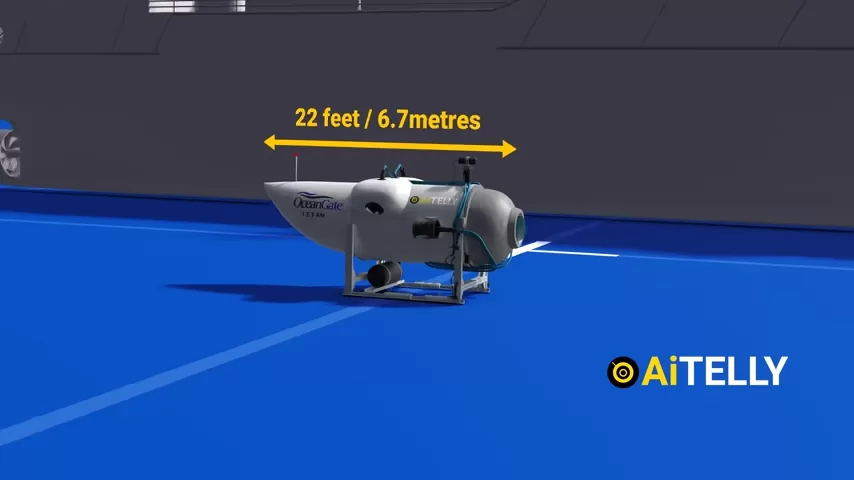
How the Controls Worked
Despite the complex mission, piloting the Titan was surprisingly straightforward. A custom-modified video game controller served as the primary input device. Here’s how it worked:
- Push forward on the joystick: move forward
- Pull back: reverse
- Tilt left/right: turn left/right
- Left trigger: control vertical descent
- Right trigger: ascent
These commands were relayed to the four electric thrusters: two mounted horizontally and two vertically. It was a simple but functional system—until something went catastrophically wrong.
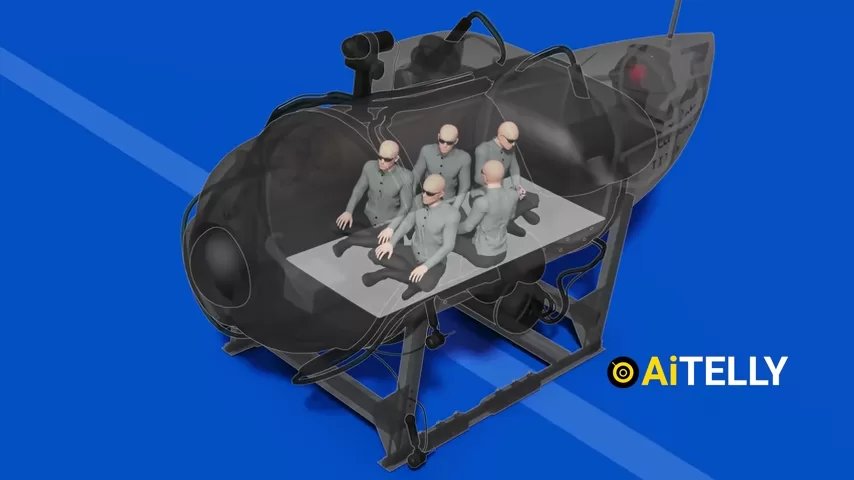
What Happened During the Dive?
Based on debris analysis and the vessel’s last known location, the implosion occurred before Titan reached the Titanic wreckage. The entire vessel collapsed inward due to overwhelming external pressure after a structural failure in the carbon fiber hull.
The U.S. Coast Guard later confirmed that five major pieces of wreckage were found, consistent with a catastrophic loss of the pressure chamber.
The implosion happened so rapidly—within a fraction of a millisecond—that occupants would have had no time to react.
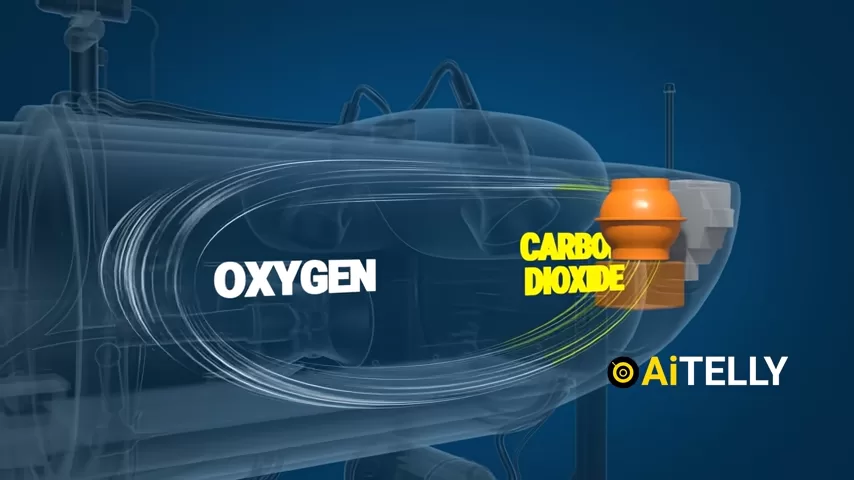
Key Takeaways and Engineering Lessons
- Hydrostatic pressure increases 1 atmosphere (~14.7 psi) every 10 meters of depth. At 3,800 meters, Titan faced ~5,600 psi.
- Structural redundancy and proven materials (like titanium) are essential for deep-sea operations.
- Carbon fiber may be useful in aerospace or automotive applications, but its behavior under deep ocean pressure is still not fully understood.
- The Titan’s story highlights the importance of certification, material testing, and safety standards, especially in environments where small mistakes lead to fatal outcomes.
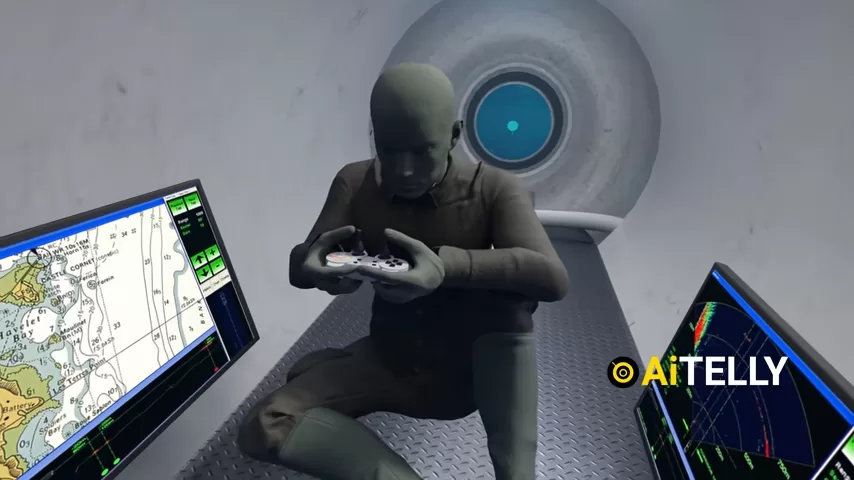
Submersible vs. Submarine: What’s the Difference?
| Feature | Submersible | Submarine |
|---|---|---|
| Launch Method | From a mother vessel | Independent |
| Power | External support needed | Self-contained |
| Depth Capability | Often greater (scientific) | Moderate |
| Duration | Short-term dives (hours) | Long-term missions (days/months) |
| Titan’s Class | Submersible (Cyclops class) | Not a true submarine |
Conclusion: A Cautionary Tale from the Deep
The Titan implosion is a tragic reminder of the invisible and unforgiving forces in Earth’s oceans. While the dream of private deep-sea exploration is noble, it must be balanced with rigorous engineering, tested materials, and safety protocols.
The ocean doesn’t offer second chances.
As technology progresses, perhaps safer, better-tested submersibles will make such journeys again. But for now, Titan remains a powerful example of what happens when ambition outpaces caution—and serves as a solemn lesson for engineers, explorers, and innovators alike.
